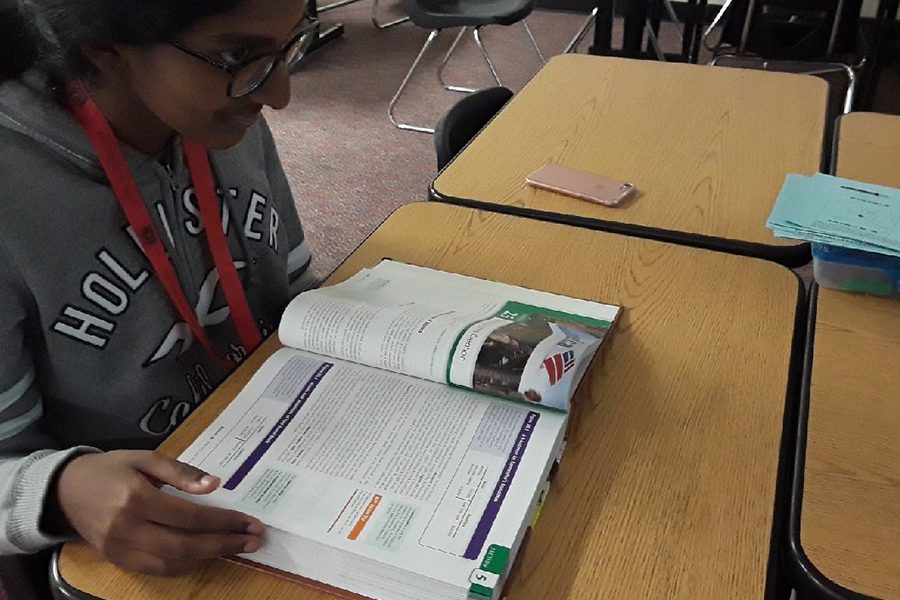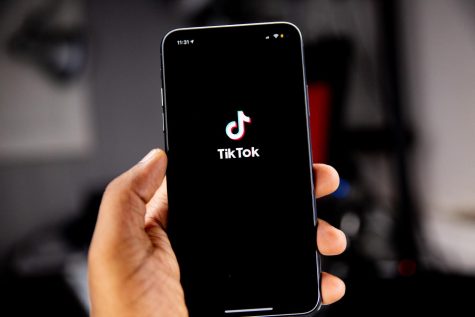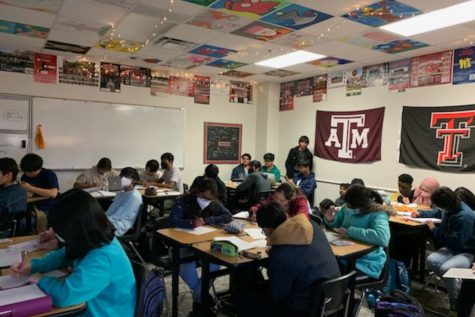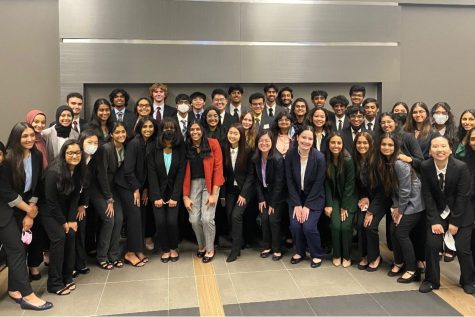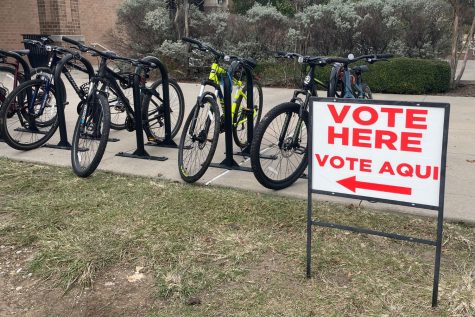Page turning debate
A look at which is best: hardcover textbooks or digital versions
As textbooks are becoming a thing of the past, some teachers hold onto the old method of teaching while others have been more technologically focused. Senior Ramya Rajendran continues to utilizes her economics textbook in class.
Whether it’s geometry, algebra, AP European History or practically any core class, the scene is the same at the start of the school year; students line up outside the book room to get their textbooks for the year.
And there are a lot of textbooks on campus.
The school has approximately 12,286 textbooks adding up to more than $630,000, which is about $50 a textbook. But neither the school nor Frisco ISD has to foot the bill for these books as the Texas Education Agency in Austin provides the funds.
“The state gives each district in the state a specific amount of money based on your amount of students,” FISD director for secondary curriculum and instruction Amanda Campbell said. “They call that the DSL that comes out bimonthly, so every two months and sometimes if your growing really fast like you do in Frisco you get a little bit of extra money and that is where your allotment is and that’s all you’re gonna get for textbooks for the next two years.”
Carrying around heavy textbooks are so annoying,
— sophomore Emerie Jones
For students such as sophomore Emerie Jones, textbooks are a burden more than anything.
“Carrying around heavy textbooks are so annoying,” Jones said. “Then some people have to pay for theirs and then the classes that we don’t need them and they just sit there.”
However, it’s not just students that see textbooks going unused.
“I have never seen any PAP chemistry student use the textbooks as an extra resource only if I have assigned them to take notes,” chemistry teacher Angelea Montgomery said. “That is the only time I’ve seen them use it in class.”
But at the same time, in many classes such as AP Human Geography and AP World History, students depend on their textbooks for their grades.
That situation has students such as Aarej Syed wishing for the best of both worlds.
“We mostly use it to create our note cards so that we can memorize geography terms,” freshman Aarej Syed said. “I’d like both like a hard copy and an online copy, so if I do not have my hardcopy, I can still access it.”
I’d like both like a hard copy and an online copy, so if I do not have my hardcopy, I can still access it,
— freshman Aarej Syed
The 24/7 access of an online textbook is appealing to many students.
“I would love to have textbooks online so much,” Jones said. “It’s just easier and you can never lose it, and it’s not heavy and everyone has a phone or at least someway to access it.”
Although most students want to get rid of the book baggage, some still prefer an old fashioned hard copy.
“I prefer hard copy textbooks because sometimes the WiFi doesn’t work and with the hard copy it’s just easier to read in like flip through pages if you need to find certain thing,” sophomore Ana Cuen said. “You can bring it anywhere and even though it’s heavier, it’s just easier to read from it. And like sometimes with the online copies it hurts your eyes if you read it for a long time.”
For some teachers, the format in which students chose to get the information doesn’t matter, as long as it’s delivered.
“I don’t care,” social studies teacher Jay Sommers said. “They can use whatever they want, they have access to the hard copy and online.”
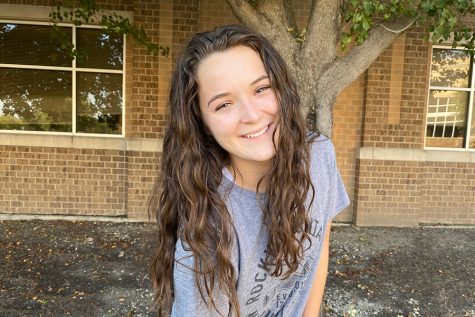
Remi Williams is a senior and starting her fourth year in Wingspan. At school she is involved in Student Council, on the Girls soccer team, and is Historian...



